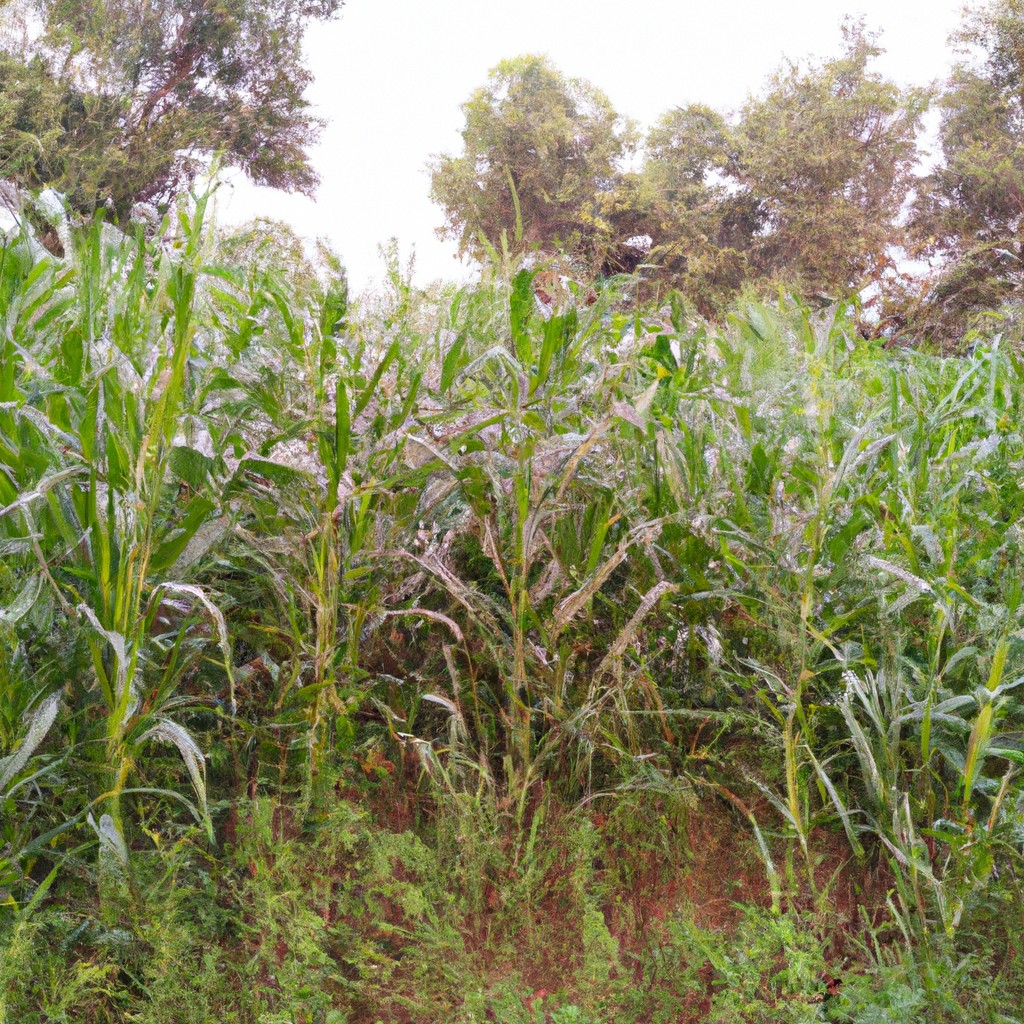This article provides insights into how agriculture pictures can serve as powerful tools for education and advocacy in sustainable farming practices.
Look Inside:
Importance of Agriculture Photography

Photography acts as a bridge between the farm and the table, showcasing farming’s crucial role in our daily sustenance. Through visual storytelling, images can highlight the dedication of farmers and the beauty of natural processes that yield our food.
Effective visuals serve as educational tools, revealing the intricate steps involved in cultivation and animal husbandry. They celebrate progress and innovation while capturing the artistry of traditional methods.
Images also bring to light the pressing need for sustainable practices. They draw attention to the impacts of climate change and the importance of soil health, which might otherwise remain abstract concepts.
Lastly, agriculture photography lends a face to the otherwise anonymized concept of food production. It fosters a connection to the land and a deeper appreciation for a farmer’s toil and the journey from seed to supermarket.
Composition Techniques for Agriculture Photos
Capture the essence of farm life by playing with the golden hour’s soft light, which can bathe fields in a warm, inviting glow. Framing is key; use the rule of thirds to position a rustic barn or a solitary tree in just the right spot and tickle the viewer’s senses with a sense of balanced harmony.
Don’t forget to seek out patterns and lines. Row upon row of crops can draw the eye into the photo, creating a path that seems to stretch to infinity. Likewise, the contrasting textures of rugged bark against the delicate flutter of leaves add a tactile dimension that almost invites the hands to feel through the eyes.
Including the human element can also strike a chord, adding a narrative punch. A shot of weathered hands planting seeds or a candid moment of farm workers sharing a laugh provides a human connection, intertwining stories within the landscape.
Macro shots are another arrow in your quiver, bringing to light the often overlooked. The delicate veins of a leaf or the iridescent sheen of an insect offer a microcosm of nature’s brilliance, nudging observers to ponder the small yet significant cogs in the agricultural machine.
Lastly, don’t shy away from the less glamorous, for honest depictions of farming—mud-caked boots, the sheen of sweat on a brow—convey authenticity and hard work. These elements, though not always picturesque, are threads in the larger agricultural tapestry that resonate with truth and raw beauty.
Ethical Considerations for Photographers in Agriculture
Photographers capturing the essence of farm life bear a heavy responsibility. They must tread lightly, respecting both land and laborer. A golden rule here is obtaining consent, a simple gesture that maintains dignity and trust.
It’s not just people; animal welfare can’t take a back seat. Images should never come at the expense of a creature’s well-being. Let’s keep the click of the shutter harm-free.
The portrayal of agriculture must be faithful to reality. Embellishing or staging scenes can mislead viewers and skew perceptions. Like a farmer true to the seasons, a photographer must be true to the scene.
What about the crops and land themselves? There’s a need to avoid transmitting plant diseases or pests — all it takes is a little extra care in cleaning equipment and boots before stepping onto fresh soil.
Remember, there’s something powerful in photos. They can influence, inform, and inspire. With that power comes the duty to paint an authentic picture of agriculture, warts and all. Light and shadow, growth and decay, toil and triumph — a photographer’s lens should capture them all, responsibly.
The Role of Agriculture Images in Education and Advocacy
Agriculture images do more than just please the eye; they’re powerful communication tools. They bridge the gap between urban and rural narratives, shedding light on the rigorous work behind our food systems. Through compelling visuals, students grasp the seed-to-harvest process beyond textbook definitions, making the learning interactive and memorable.
Photos also amplify the voice of farmers advocating for sustainable practices. Seeing soil health or biodiversity in action can propel policies and consumer choices toward greener practices. Advocates harness this visual storytelling to pull heartstrings and ignite change, making each picture a potential catalyst for a healthier planet.
Furthermore, in times of crisis, such as natural disasters or pandemics, authentic images can rally support and resources for affected communities much faster than statistics. They put a human face on abstract issues, making it hard to look away and easy to want to help.
Technological Advancements in Agricultural Imagery
Advances in drone technology have revolutionized the capture of agricultural landscapes, providing bird’s-eye views that reveal crop health and field conditions. Coupled with high-resolution cameras, these drones not only snapshot breathtaking vistas but also collect data for precision farming.
Satellite imagery has stepped up, now offering frequent and detailed snapshots of vast tracts of farmland, making it easier to monitor changes over time and assist in managing resources more effectively.
Thermal imaging is another leap forward, allowing farmers to detect water stress in plants or locate livestock in expansive pastures. This proactive tech helps nip issues in the bud, maintaining the delicate balance between productivity and sustainability.
Artificial Intelligence (AI) enters the scene by sifting through mountains of imagery to identify patterns and anomalies. AI streamlines the process of image analysis, saving valuable time while pinpointing areas for intervention.
Lastly, smartphone apps have democratized access to sophisticated imaging. Farmers can now snap a picture, upload it to an app, and receive instant feedback on plant diseases, pest infestations, or soil conditions. This user-friendly approach puts powerful diagnostic tools right in the pocket of those tending to the fields.




